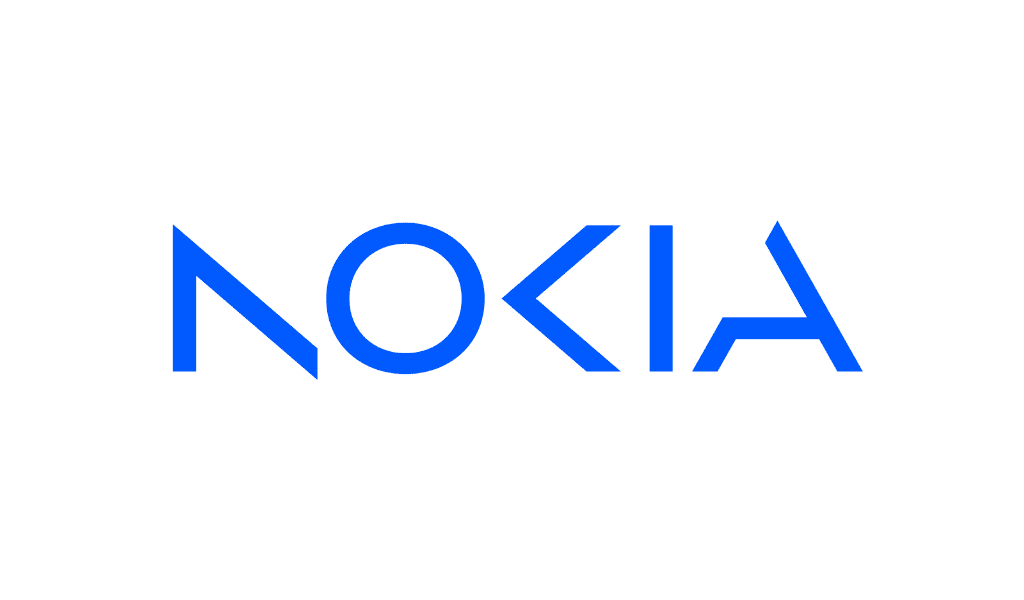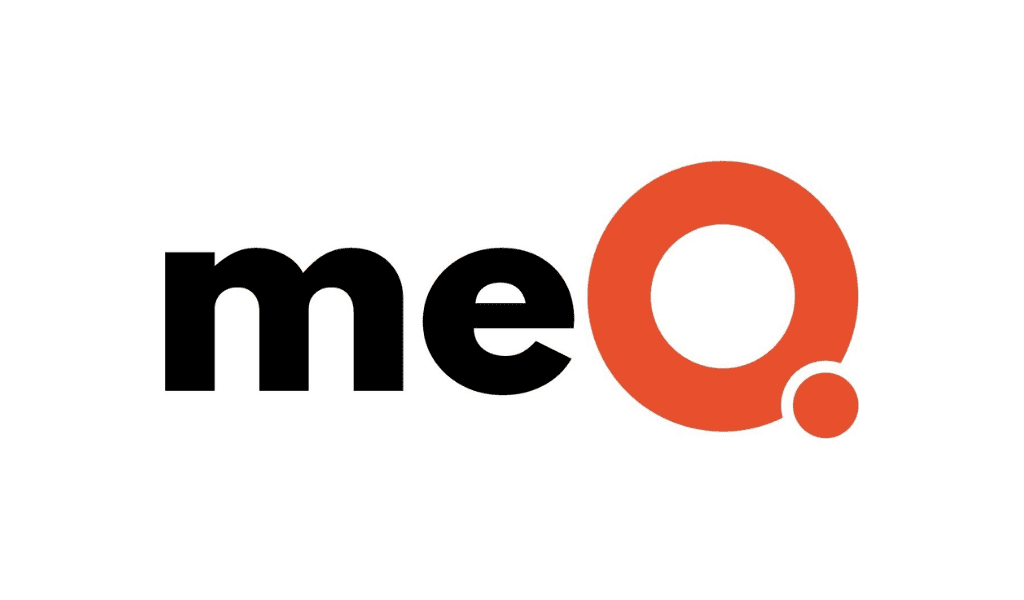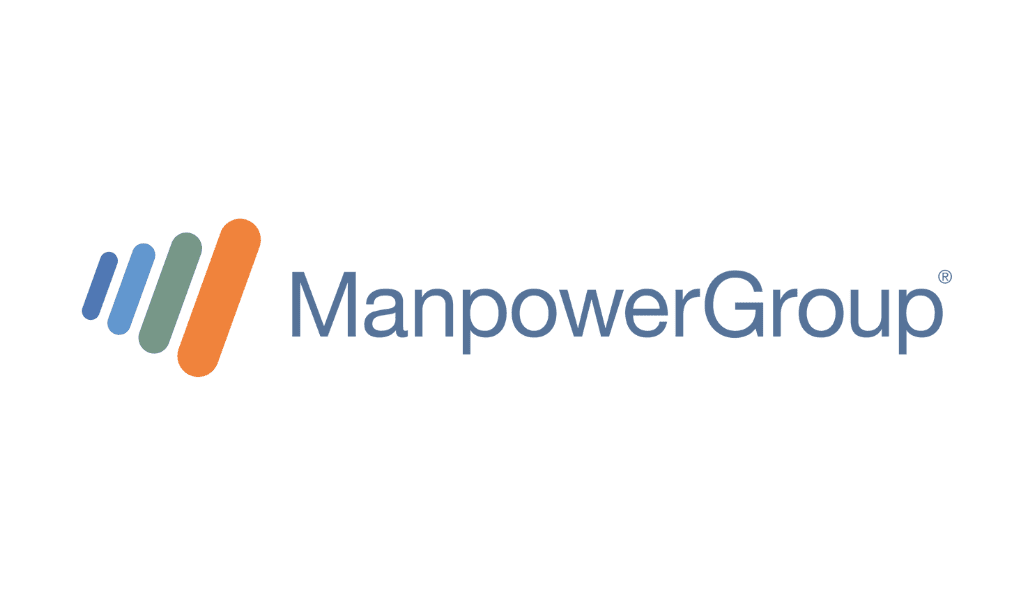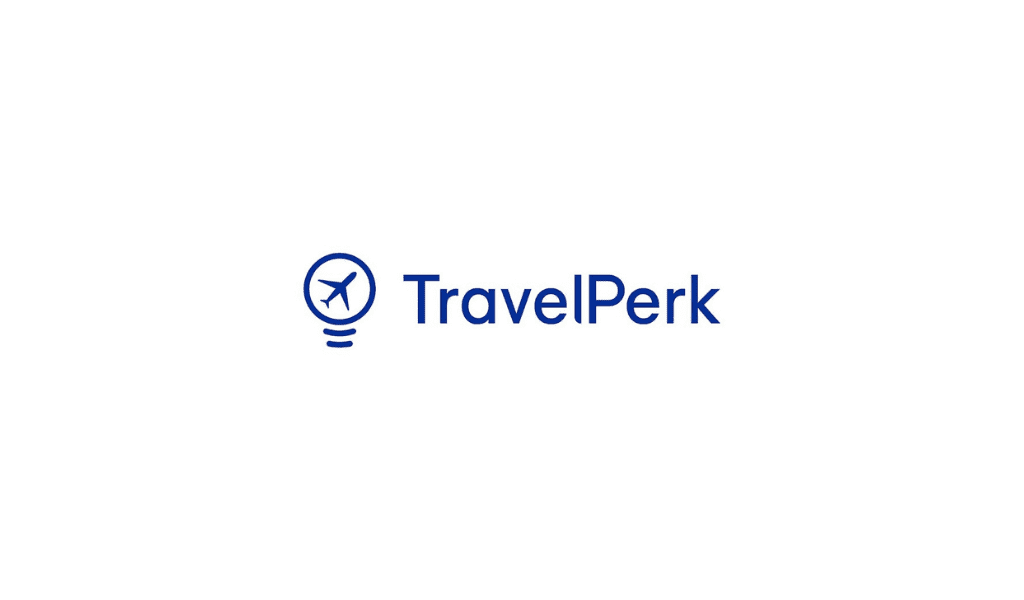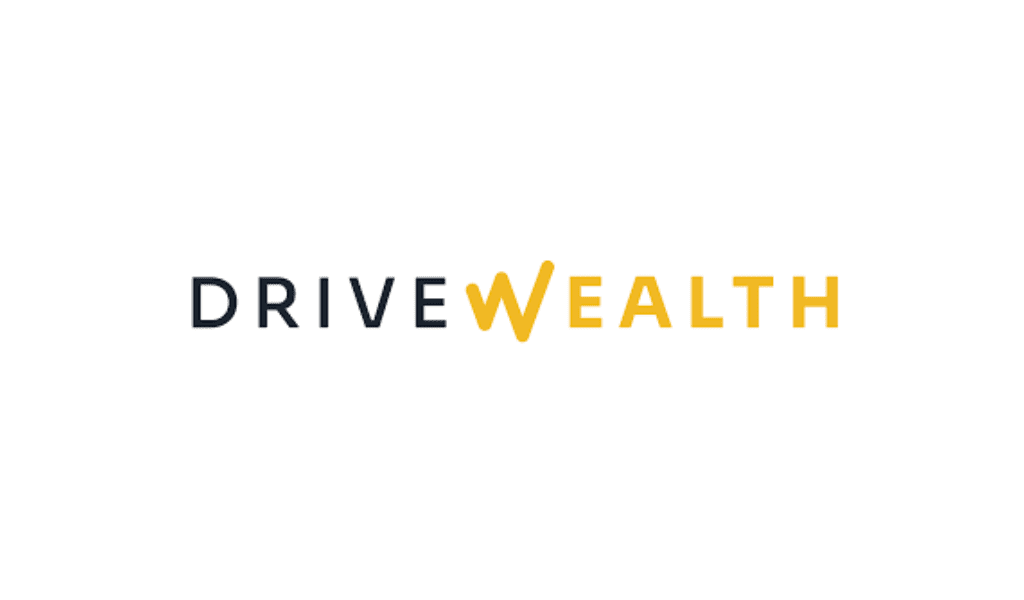As diversity, equity, and inclusion has become a vital aspect of a company’s culture, it’s time for HR leaders to revamp programming for a new era.
By Stephanie Manzelli
While diversity, equity, and inclusion (DEI) was once a nice-to-have initiative, it’s now an integral part of any strong company culture. With a commitment to inclusivity becoming a ubiquitous feature on the market, resting on the basics no longer sets businesses apart from the fray.
Today’s candidates—particularly Gen Z workers and millennials—expect employers to go beyond having a “strong” representation and an upper-level manager or two from an underrepresented group, or offering annual unconscious bias training. As such, continuing to point to these initiatives as proof of progressive ideals may do more harm than good to a company’s recruitment efforts.
Modern workers expect companies to pursue long-term, impactful DEI initiatives—ones that recognize the breadth, depth, and complexity of the issue—to prove they are committed to establishing thoughtful and true equity within the company.
DEI 2.0
Early DEI programs focused primarily on increasing diversity in corporate settings. At the time, that meant breaking down barriers that stood in the way of women and people of color. Often, the goal was to be able to point to voices that aren’t white or male in the room. However, the definition of diversity in the workplace has shifted in recent years, becoming more intersectional and equity-focused.
To start, candidates and employers now recognize that there’s more to building a diverse team than just including people of different races and genders. People from the LGBTQ+ community, neurodivergent workers, veterans, those from economically disadvantaged backgrounds, and others all face barriers to career success. Modern DEI initiatives can help address that and acknowledge the ways these identities interact with one another to compound barriers.
At the same time, what it means to welcome diverse workers has shifted. It’s not just about saying that you’re open to hiring all types of candidates; it’s about committing to supporting employees (even after they have been hired) from diverse backgrounds and offering them the resources they need to succeed and stay for the long haul. That means DEI 2.0 must be focused on developing corporate cultures that promote equity (accommodations are tailored to unique circumstances) rather than equality (accommodations are the same, regardless of circumstances).
Upgrading Efforts
A 2021 report from Lever found that 69% of leaders feel like there’s more they can be doing to promote equity and inclusion, despite 87% saying they increased their commitment to DEI programming that year. Little has changed since then, with a 2023 survey from the company finding that 75% of HR decision-makers plan to increase their emphasis on diversity hiring in the coming year.
Businesses that are looking to mature their efforts may benefit from adding new strategies and initiatives to their existing programs. This could include expanding employee resource groups (ERGs), which provide a safe place for similar backgrounds and experiences to connect across departments and hierarchies. Developing these spaces can help companies remain mindful of the various identities that contribute to workplace diversity and shows workers that leaders understand their unique needs and challenges.
Additionally, talent acquisition leaders can cultivate culturally competent hiring programs to help eliminate unconscious bias that can halt DEI progress in its tracks. This might mean changing the phrasing of job descriptions that reflect bias and prevent qualified candidates from applying.
Recruiters and managers should review their hiring materials and strategies for potentially alienating language, overly narrow channel utilization, and other elements that may stop candidates from engaging with the opportunity. They may also want to provide unconscious bias and inclusive language training to hiring managers and recruiters to shed preconceived notions that lead to higher representation of one gender over the other in certain roles (for example, HR jobs for women or engineering roles for men).
It’s worth noting that many companies are looking to artificial intelligence (AI) to help in these pursuits. While AI can certainly support unbiased reviews of applicant materials, practitioners relying on these programs to do the heavy lifting must still think critically about issues of bias in the hiring process. Though AI programs do not hold prejudices based on race or gender, they do reflect biases in the data that trained them. If these processes have traditionally favored specific types of applicants and the company’s AI tools are trained on those datasets, it’s likely historical bias has crept into the programming.
- Establish DEI-informed mentorship programs. As the importance of understanding intersectionality grows, designing mentorship programs that connect employees to others with similar backgrounds can help them feel heard and supported at work. ERGs are a good start but it’s also important that mentor-mentee pairs share similar experiences, so employees feel understood in that one-on-one setting.
- Provide transparent communication about progress—and setbacks. As with many business objectives, the proof is in the proverbial pudding. Companies looking to mature their programs should define clear goals and communicate progress with their workers at a regular cadence. To do this, though, access to data is key.
DEI leaders should aim to collect demographics, employment history, and other information about the company’s workforce to get a clear picture of where the company could improve. Take it a step further, candidate relationship management systems and TA success metrics (like fill times, applicant-to-interview ratios, and others) can also help highlight areas of their processes and hiring strategy that could benefit from adjustments.
Leaders should also find ways to collect subjective feedback about employee experiences through regular surveys and opportunities for engagements. Outlining clear pathways that allow employees to share their thoughts—or raise issues of discrimination in the workplace—without fear of judgment or retribution can also be helpful in this regard.
A Not-So-Moving Target
While it may be a cliché, it remains true that progress begets progress. With that in mind, it’s important to remember that today’s “mature” DEI programs will inevitably become outdated. What won’t change is this: Any investment in employees’ futures is an investment in furthering an equitable and inclusive culture.
The above tactics can enable leaders to form a foundation for more effective and equitable programs. Continual improvement is necessary as what it means to be inclusive and equitable evolves. So long as organizations are willing to listen to employees from historically underrepresented groups and invest in the solutions they come up with, keeping up with changing views of DEI success will stay within reach.
Stephanie Manzelli is senior vice president of HR & DEI at Employ, Inc.


